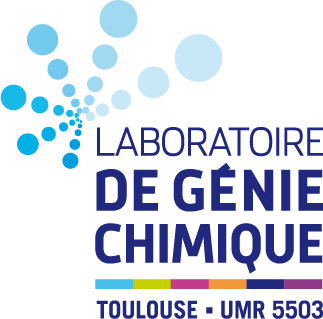Vapour reactive distillation process for hydrogen production by HI decomposition from HI–I2–H2O solutions
Résumé
In this contribution, a sequential and hierarchical approach for the feasibility analysis and the preliminary design of reactive distillation columns is extended to systems involving vapour phase chemical reaction and is successfully applied to the HI vapour phase decomposition to produce H2.
The complex phase and physicochemical behaviour of the quaternary HI–H2–I2–H2O system is represented by the Neumann's thermodynamic model and instantaneous vapour phase chemical equilibrium is assumed.
Then, from minimal information concerning the physicochemical properties of the system, three successive steps lead to the design of the unit and the specification of its operating conditions: the feasibility analysis, the synthesis and the design step. First, the analysis of reactive condensation curve map (rCCM), assuming infinite internal liquid and vapour flow rate and infinite reflux ratio, is used to assess the feasibility of the process. It determines the column structure and estimates the attainable compositions. These results are used as inputs data for the synthesis step. Based on the boundary value design method (BVD), considering finite internal liquid and vapour flow rate and finite reflux ratio while neglecting all thermal effects and assuming a constant heat of vaporisation, the synthesis step provides more precise information about the process configuration (minimum reflux ratio, number of theoretical stages, localisation and number of reactive plates, position of the feed plate). Finally, the BVD method results are used to initialise rigorous simulations, based on an equilibrium stage model with energy balance, to estimate the reflux ratio taking into account thermal effect on the process.
The resulting design configuration consists in a single feed and entirely reactive distillation column. The column operates under a pressure of 22 bars. The feed of the reactive distillation column, coming from the Bunsen reaction section [xHI = 0.10;
; ], is at its boiling temperature. The residue consists in pure iodine. Water and produced hydrogen are recovered at the distillate. The column operates at a reflux ratio of 5 and is composed of 11 theoretical plates including the reboiler and the partial condenser with the feed at the stage 10 (counted downwards). The obtained HI dissociation yield is 99.6%.
Origine : Fichiers produits par l'(les) auteur(s)
